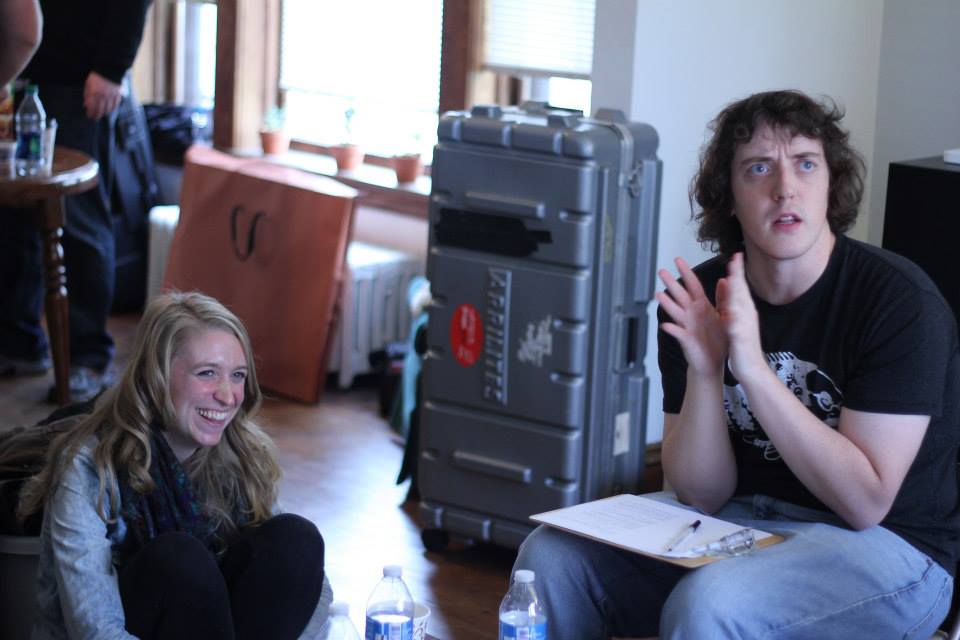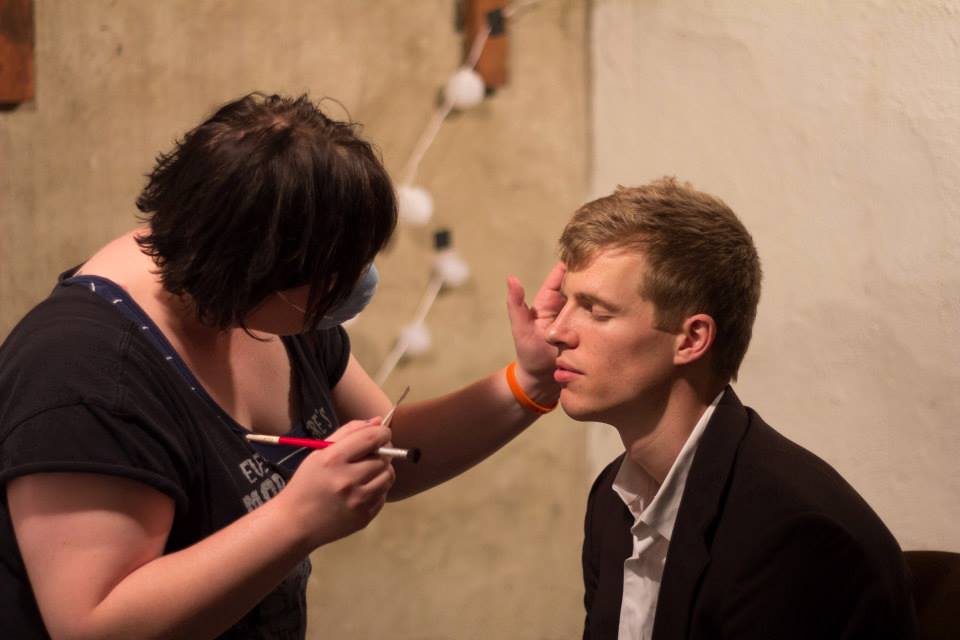Hey gang! Andrew here…
Welcome back to Film Challenge Month at TwoJackets.com! Last week, we wrapped up our nine-part Film Challenge Retrospective series. If you haven’t had a chance to read through all of those articles, I highly recommend it. Together they form a detailed account of our most influential film challenge experiences so far, including all the mistakes made, lessons learned, and victories victor-ed! So go ahead, check ‘em out! I’ll wait while you get caught up.
…
All finished? Good! Now, you’re probably wondering - with all of the stress and frustration, the lack of sleep, the constant pressure of the clock, and the probability of failure - why do we continue to participate in these film challenges? What compels us to throw ourselves into this gauntlet time after time after time?
Well get ready to have those questions answered! I’ve compiled the top five reasons why we love film challenges!
#1 - Embracing the Unknown
Going into a film challenge weekend, we don’t have a clue what kind of a movie we’re going to be making. We’ll assemble a team and pool together our available resources beforehand, but for what? We don’t know! And we find this very exciting! Going in with a blank slate means we’re truly making a film from idea to completion in just two days. That doesn’t allow any time for second guessing. We’re also likely to make something unlike anything else we’ve ever done before. I don’t think Two Jackets would have made films like Put a Ring on It or All Dressed in White in any other context, but I’m so grateful for those experiences. They allowed our creativity to manifest in exciting, unforeseen ways!
Actor Bill Dablow as former football star Reggie Thomas in Put a Ring on It, our entry in the 2012 Minneapolis 48 Hour Film Project. Drawing "silent film" as our genre that year required us to communicate a story entirely through visuals, which was an unexpected, but enriching experience.
#2 - Instant Gratification
We get to make a film in just two days! A finished one! With a beginning, a middle, and an end! We don’t have a clue what it’ll be about, but we can tell you now, without hesitation, that we’re going to have a new short film ready for your viewing pleasure on Sunday, June 7, at the end of the 2015 Minneapolis 48 Hour Film Project. Film challenges are minimum time commitment for maximum creative return.
We went into the 2013 Minneapolis 48 Hour Film Project with an empty office and some chairs, and we came out the other side with All's Chair in Love and War - one of the oddest films in our oeuvre. I wouldn't have it any other way!
#3 - Team Building
Film challenges bring people together! Back in our early college years, the Jackets participated in the National Film Challenge. Going into those first few events, we hardly knew the other members of our teams. However, we quickly learned that when you’re together with a bunch of people pushing their artistic abilities to both a mental and physical limit, friendships bloom! To this day, we continue to work with people we met back in those formative times and encourage each other as artists. In addition to these stalwarts, we try to bring in new collaborators on the cast and crew each year in order to add fresh voices to the mix. For this year’s event, we’re welcoming three new collaborators into the fold! We hope it’s the beginning of a beautiful friendship!
Eric was very happy to team up with some of our favorite collaborators for the recording of "The Money Song" from our film I Stole a Lot of Money!, which we made for the 2014 Four Points Film Project. From left to right: Eric, the foot of Emily King, Tyler Michaels, Reed Reimer.
#4 - A Public Screening
The fun isn’t over after the filmmaking weekend. The film that you and your team created with your collective might, that you sprinted to complete, is going to be put up on the big screen in front of a living, breathing audience! This is a rare gift. Filmmakers aren’t used to seeing how their work affects people. We can put it online for an anonymous crowd, but that doesn’t provide the instant feedback of being there in person. Another unique aspect is the composition of that live audience. Almost everyone in the room with you, watching your film, has a film of their own to screen, made as part of the same grueling experience. And even with that great equalizer, those films are going to be so different from one another, even if their makers received the same assignment as you. This is a special experience that doesn’t happen at any other type of screening.
Team Two Jackets after the Best of Fest screening for the 2014 Minneapolis 48 Hour Film Project. From left: Debra Berger, Eric Carlson, Andrew Neill (ME!), Katie Vannelli, Craig Larson
#5 - Community Involvement
Film challenges bring the members of a team closer together, but they also bring the teams of a community closer together. In Minneapolis, the city producers work hard to organize mixers and workshops ahead of the event weekend with the goal of forming new friendships and collaborations. At public screenings, filmmakers get together in the lobby before and after the show to commiserate and share their experiences. We’ve been participating in the Minneapolis 48 Hour Film Project since 2012, and each year we make new friends and colleagues. Events like these make me realize that film isn’t only what goes into a production or what ends up on screen. The community forming around the art completes it, and we’re so glad to be part of it.
I snapped this shot of City Producer Austin Anderson at a recent mixer for the 2015 Minneapolis 48 Hour Film Project.
As I wrap this up, I’m going to cheat and add a sixth, overarching reason for why we love film challenges: They’re fun! We get to hang out with some of our favorite people, meet some new people, tell a story from scratch, try something new, and see our work on the big screen! For those who participate in film challenges, it’s easy to see only the blood, sweat, and tears going into them. However, when you take a moment to step outside the pressure and exhaustion bottled up in these weekends, and you see the creativity and community behind it all, then it makes sense. There’s so much heart and drive in it. This is why we love doing it.
Andrew















